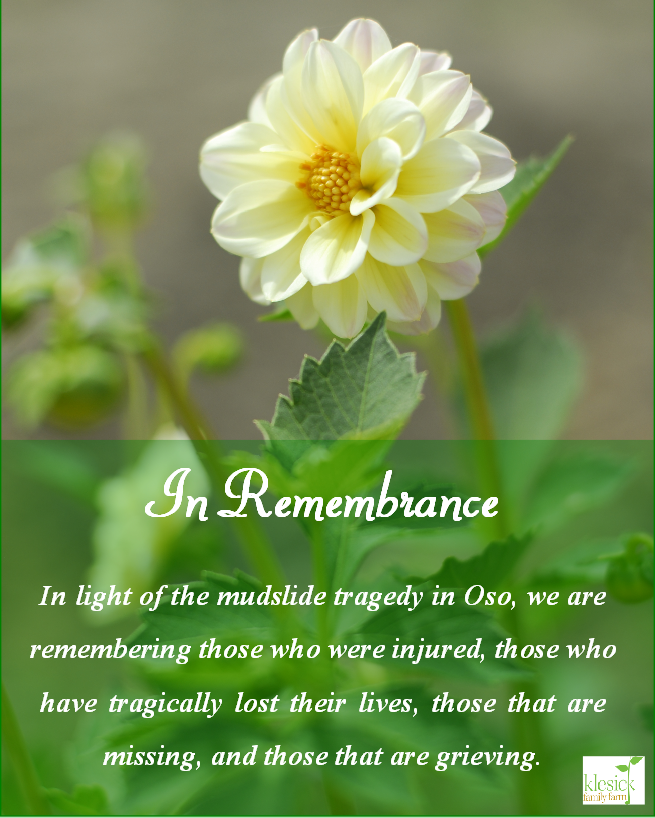This week, it looks like we are going to have a decent stretch of good weather and every farmer is going to be hard at it working the ground. As much I try every year to get ahead of or prepare for the farm season, I never feel that I am quite ready for it to begin. We have been plugging along doing many non-weather-related projects, but these can be miserable chores when it is raining sideways or hovering around freezing. But we do get many of them done; albeit, all layered up and looking like the Michelin man trying to stay warm.
Although Urgency and Procrastination are distant cousins, they both can be task masters. I try to strike a balance between the two of them, between what has to happen and what can wait. Nevertheless, there is nothing like a few good days in spring to put a bounce in your step and a burst of “get ‘er done” coursing through your veins!
Much to the disdain of Cousin Procrastination, we have made some pretty significant changes this winter. We have realigned our farm fields to make them more efficient to farm, upgraded fencing for our grass-fed cattle and invested in farm equipment to help us with harvest and post-harvest handling.
I find it ironic how Cousin Procrastination lives with me, but I am not quite sure when Cousin Urgency is going to pay me a visit. Although I do expect a visit every time this year, I am just not sure when it will be. However, the thought of Cousin Urgency coming does tend to accelerate the pace of activity and the need to get ready for the visit.
Well, Cousin Urgency has arrived and the Klesick family is going to be busier than a “one-armed wallpaper hanger.” We still have fencing to button up before the cows arrive. We have 3,000 pea plants to get in the ground and trellised, plus another 10,000 peas to direct seed. There is a ton of potatoes waiting to be planted, so I need to get that ground ready, fertilized and composted, and IT ALL HAS TO BE DONE YESTERDAY! At least this is what Cousin Urgency is saying. In reality, it can be accomplished over a few weeks and everything will be just fine. Striking that balance is the hard part, and as sure as “the cream rises to the top” the most pressing tasks make it to the top of the list.
Thanks for checking in. Your good food team will be hard at it growing, sourcing and delivering organic and GMO-free fruit, vegetables and grocery items for you this week and every week.




 Last year, we “top worked” some Comice pear trees in our orchard—36 to be precise. We saved 12 of these trees to pollinate the Buerre Bosc pears. I planted the orchard five years ago, but the Comice pears have not performed well and seemed unhappy in our microclimate. The Bosc pears, however, took to the microclimate like a duck takes to water. So this winter, I cut some scion wood from the Bosc pears and am going to “top work” the last 12 Comice pear trees. Last year, we grafted the Comice pears over to Conference pears and four Asian pear varieties. The picture in this article is Stephen cutting off the “nurse” limb we left to stabilize the tree from the aggressive pruning.
Last year, we “top worked” some Comice pear trees in our orchard—36 to be precise. We saved 12 of these trees to pollinate the Buerre Bosc pears. I planted the orchard five years ago, but the Comice pears have not performed well and seemed unhappy in our microclimate. The Bosc pears, however, took to the microclimate like a duck takes to water. So this winter, I cut some scion wood from the Bosc pears and am going to “top work” the last 12 Comice pear trees. Last year, we grafted the Comice pears over to Conference pears and four Asian pear varieties. The picture in this article is Stephen cutting off the “nurse” limb we left to stabilize the tree from the aggressive pruning. I have been preparing for my upcoming talk at the Celebration of Food Festival at the Lynnwood Convention Center this Sunday, May 19th. My topic is Healing through Nutrition. I will probably tackle this subject from a soil health perspective—something akin to healthy soil, healthy food, and healthy people. In the 1900s, America’s health ranking as nation was #1. Americans were the healthiest, but by 2007 we had moved from the top to the bottom, ranking 95th in overall health. What has changed in those 100 years? The way we farm!
I have been preparing for my upcoming talk at the Celebration of Food Festival at the Lynnwood Convention Center this Sunday, May 19th. My topic is Healing through Nutrition. I will probably tackle this subject from a soil health perspective—something akin to healthy soil, healthy food, and healthy people. In the 1900s, America’s health ranking as nation was #1. Americans were the healthiest, but by 2007 we had moved from the top to the bottom, ranking 95th in overall health. What has changed in those 100 years? The way we farm!
